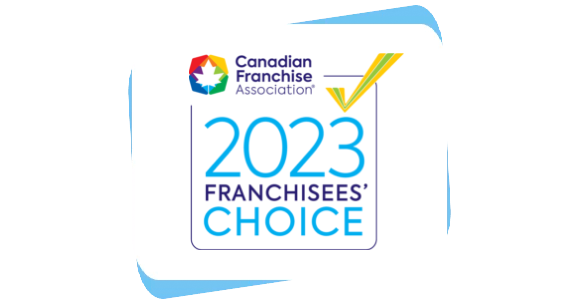ABCs— What do these stand-alone letters really mean?
Your child comes home with the report card. You are pleased to see a ‘B’ in spelling, but does that mean he or she can spell at or above grade level? We’ve developed a long-trusted theory that these letter grades are what a child’s educational success rides on, but little critical thought is given to the most important question: What do these grades really mean?
An ‘A’ grade or ‘B’ grade can be subjective depending on the teacher, making it difficult for parents to accurately know what the grades represent. The (qualitative) connection between letter grades and their meaning continues to be overlooked.
The Issue Lies in the Grey Area
Traditional grading systems have created a grey area of dissatisfaction and confusion for parents. There is no one place to find definitive interpretations on exactly what a student’s ‘B’ grade means, so parents are being left to decide for themselves. Aren’t report cards meant to provide parents with detailed insight about how their child is doing compared to classmates, and compared to grade standards?
According to the U.S. Department of Education, there is no nationally mandated grading scheme in the United States, but there are different grading systems. The decision on what grading system to use is a matter within the exclusive authority of the individual school or higher education institution, and usually up to the individual faculty member or disciplinary department within the school or institution. But no matter what grading system is used, they don’t clearly describe exactly what constitutes the grade acheived. In essence, they don’t describe what the child did to earn the grade and don’t accurately represent a student’s progress. Some say they fail to recognize the child’s effort and improvement, and can be too abstract to accurately reflect their development level or performance.
Beyond that, each teacher tends to have a different idea of the meaning behind grades:
- Some teachers grade against standards, and others compare students within their classroom. Let’s look at an analogy between letter grades and tennis star Serena Williams, by comparing Serena’s ‘A’ game with a leisurely tennis player’s ‘A’ game. If Serena’s ‘A’ game became the standard for every tennis player, most others would be ‘F’ tennis players. All other tennis players, who are still very skilled, would be considered failures from a grading standpoint because they’re being compared to someone at such an advanced skill level. This is the problem with comparing students when administering grades. However, if we were more realistic and made adjustments based on ability, then what does an ‘A’ mean?
- Some teachers put more weight on effort than other teachers do, so that students who are scoring below grade level in a certain skill could still receive an ‘A’ if they work really hard. But, is this cheapening the ‘A’s received by the students working well above their grade level?
- Some teachers will not give ‘A’s or ‘B’s to students performing below grade level, only to those students performing at or above grade level. This can become discouraging for students who are trying really hard to improve but are just unable to work above grade level, making it impossible for them to be proud of ‘A’ grades. In turn, these students can develop feelings of discouragement and negativity towards school.
It would provide much clarity and benefit if the meaning behind each grade was made clear per program, grade, or school board— to ensure teachers were grading fairly. Unfortunately, this just isn’t the case.
What’s been done to fix it?
Several other grading systems have been used in the United States in effort to resolve issues with traditional ABCDF grading, and to provide more insightful report cards to parents.
Some school districts are trying to support the ABCDF grading system by adding a narrative component. There are different styles for the narrative portion of a report card. For example:
- The Positive and Negative Format— This kind of narrative works well when a student is struggling with a certain area within a subject. It allows the teacher t0 discuss the student’s performance on all the topics covered during the period, and to highlight the areas where the student is underperforming. It tells the parents that the student’s ability is not in question, but more time and practice will increase performance.
- The Poor Grade Format— In this format, the teacher will not discuss the subjects in which a student has achieved a good grade, and will let those marks speak for themselves. The idea is to highlight only the areas in which the student received a poor grade. The poor grade format describes exactly what is being taught in class and what the student cannot seem to do. It will also provide information on how the student is being helped in school and provide direction as to how parents can help at home. The emphasis is on the difficulties the student is having, but many teachers will highlight a small area in which a student is succeeding, so as to not discourage the student or parents with negativity.
- Progressive Format— This narrative style continues from where the teacher left off in a previous term and focuses on tracking performance between marking periods. This structure works especially well for students who received a poor grade in the previous term, as this is because this narrative style creates a need to follow through on areas needing improvement form the previous marking period.
Grading Dilemma
With too little detail, grades don’t convey enough meaning. With too much detail, the report card process becomes cumbersome for teachers and too difficult to read and understand for parents.
Nonetheless, report cards remain an integral part of education. When end of term arrives and students are coming home with report cards in hand, the best bet is to speak directly with the teacher to discuss what grading style is being used. This will be the most effective way to interpret exactly what the grades and narratives mean, and will avoid the tedious work of trying to understand it alone.
Explore our guide for everything you need to know about report cards!







